How to Prevent Oil Rig Explosions Effectively
Oil rigs, which are towering constructions that gather valuable resources from the ocean floor, represent human ingenuity and the desire for energy independence. However, the very technologies that propel progress also carry the risk of catastrophic events. The threat of an oil rig explosion looms over the business, underscoring the importance of strong safety procedures and continual attention. This article delves into the causes, consequences, and preventive measures associated with oil rig explosions.
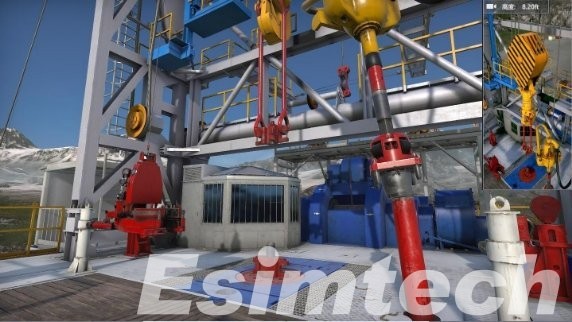
What are the Causes of Oil Rig Explosions
Oil rig explosions are complex events often resulting from a combination of factors. Several key causes contribute to these devastating incidents.
Ignition Sources
Electrical systems, machinery, and welding activities are among the many items on oil rigs that might cause sparks or excessive heat. A single spark in the presence of flammable gases or vapors can initiate a chain reaction leading to an explosion.
Gas Leaks
Because of equipment failures, corrosion, or poor maintenance, hydrocarbon gases can escape from pressurized systems. These gases become explosive when mixed with air in the proper concentrations, posing a major hazard.
Ignition Sources from Outside
Lightning strikes, static energy, and outside heat sources can all ignite flammable chemicals, resulting in an explosion.
Human Error
Operations mistakes, insufficient training, poor communication, and failure to follow safety regulations can all contribute to the conditions that lead to an explosion.
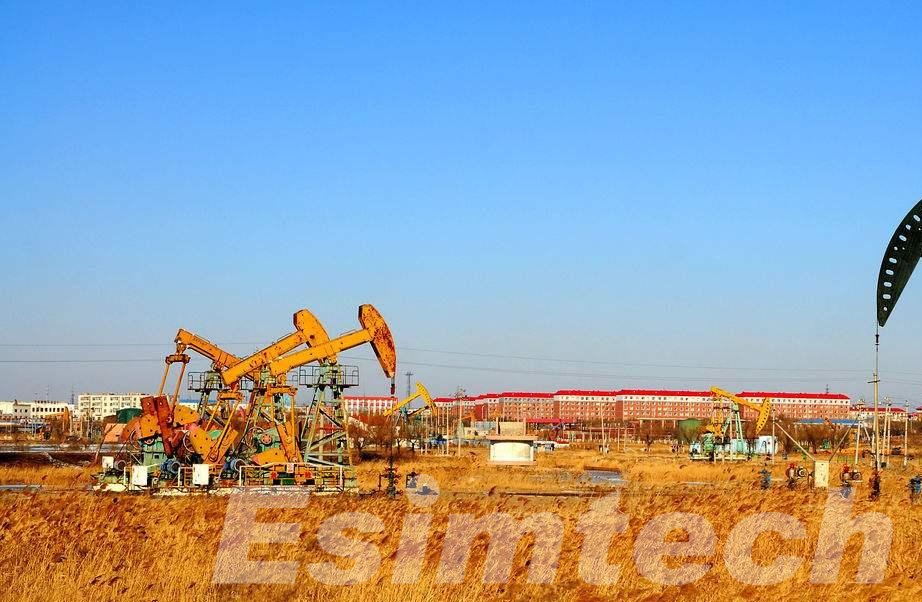
What are the Serious Impacts of Oil Rig Explosions
An oil rig explosion has far-reaching and multifaceted implications.
Loss of Life
The most sad consequence is the loss of human life. Workers on the rig are in immediate danger, and the explosion has the potential to kill those involved in rescue and recovery activities.
Environmental Disaster
Oil rig explosions frequently result in oil spills, which have disastrous environmental consequences. Oil contamination harms marine habitats and threatens aquatic life.
Property Damage
The explosion has the potential to destroy the rig, as well as neighboring structures and boats, resulting in enormous financial losses.
Economic Disruption
Explosions on oil rigs can impede production, resulting in supply shortages and price changes in the global oil market. This, in turn, has an impact on sectors and economies all over the world.
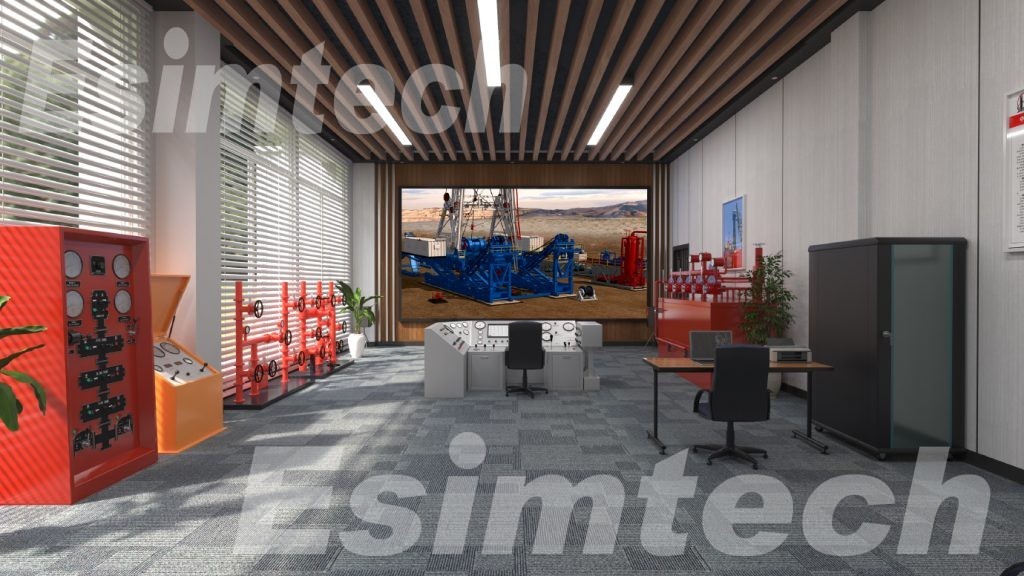
What are Essential Safety Measures and Mitigation Strategies to Prevent Oil Rig Explosions
Oil rig explosion prevention necessitates a multi-pronged approach that emphasizes safety, readiness, and continual improvement.
- Rigorous Risk Assessment
A complete risk assessment is required before any preventive measures can be taken. Identifying potential risks, analyzing their likelihood, and calculating their potential impact are critical elements in disaster avoidance. Organizations must analyze their operations, equipment, and environment to identify vulnerabilities and develop strategies for mitigating associated risks.
- Stringent Safety Protocols
Strict safety rules and guidelines must be followed at all times. Executives and front-line staff alike must follow established safety protocols. Personal protective equipment (PPE) to emergency response techniques should all be covered in clear and accessible rules. Regular training sessions and drills guarantee that everyone is ready to deal with unexpected scenarios.
- Robust Equipment Inspection and Maintenance
It is critical to examine, maintain, and test equipment and infrastructure on a regular basis. Defective equipment, machinery, or systems can all lead to calamity. Inspections and maintenance on a regular basis prevent unforeseen breakdowns and guarantee that everything is in good operating order.
- Advanced Monitoring and Early Warning Systems
A variety of monitoring and early warning systems are available in modern technology to detect anomalies and potential threats. Advanced sensors, cameras, and real-time data analysis are provided by drilling and well control simulator which can collect and analyze drilling data, providing real-time feedback on drilling performance and safety, enabling organizations to identify signs of trouble before they escalate into disasters. Early warnings allow for swift responses and preventive actions.
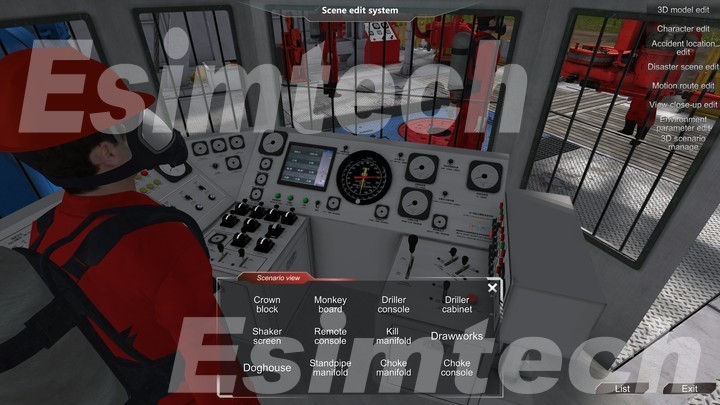
- Comprehensive Training Programs
A well-trained personnel is required for effective catastrophe prevention. Safety protocols, emergency response methods, and the functioning of safety equipment should all be covered in regular training programs. Employees should be informed of potential hazards, as well as how to avoid them and respond in the event of an occurrence.
Oil simulation training systems are becoming increasingly significant in personnel training for drilling and well control. It is a petroleum engineering and petroleum equipment simulation system. The system’s goal is to assist big drilling training facilities or petroleum colleges. Online training methods can realize some related dangerous operations and some advanced training that are difficult to achieve in offline training through virtual and realistic scene simulation in oil and gas operations.
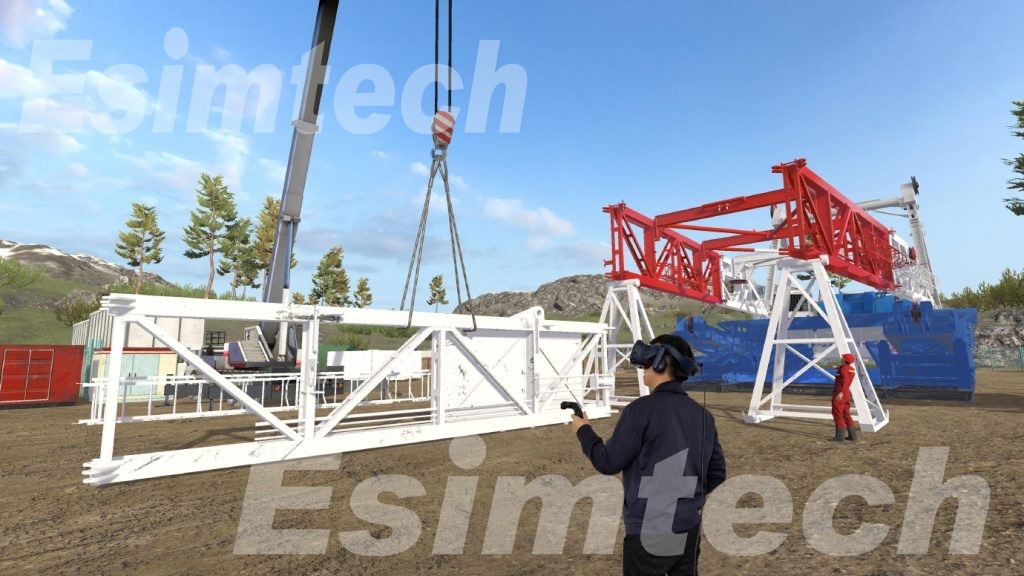
- Contingency and Emergency Response Plans
Every organization should have well-defined emergency and contingency plans in place. These plans detail the processes to be followed in the event of several types of disasters. Evacuation methods, communication protocols, medical response, and cooperation with relevant authorities should all be covered in training.
- Continuous Improvement and Learning
Disaster prevention is a never-ending process. Organizations should foster a culture of continual development and learn from mishaps and near misses. Regularly reviewing safety measures, upgrading technology, and incorporating lessons gained guarantee that preventive efforts stay effective and up to date.
- Strong Leadership and Safety Culture
Leadership is crucial in establishing the tone for safety. When executives emphasize safety, convey its importance, and lead by example, the organization develops a strong safety culture. A culture that values safety encourages all employees to actively participate in disaster prevention efforts.
Conclusion
The looming shadow of an oil rig explosion serves as a harsh reminder of the inherent dangers of extracting energy resources from the Earth’s depths. Understanding the causes, impacts, and preventive measures associated with these incidents emphasizes the significance of investing in safety, training, and cutting-edge technology. The oil and gas business industry safer and more sustainable future by emphasizing worker well-being, protecting the environment, and maintaining a commitment to safety.
